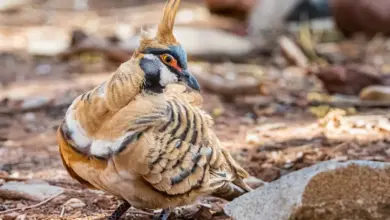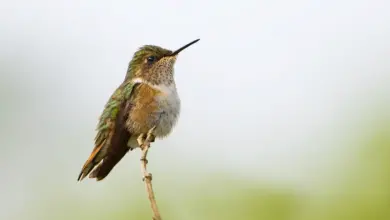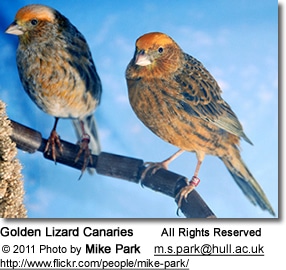Grey Peacock-pheasants, also known as Burmese Peacock or Chinquis Peacock-pheasants
The Grey Peacock-pheasants, Polyplectron bicalcaratum also known as Burmese Peacock or Chinquis Peacock-pheasant is a large, up to 76cm long, greyish brown pheasant with finely spotted green ocelli, elongated bushy crest, bare pink or yellow facial skin, white throat, and grey iris, bill and legs.
Males and females look alike. The female is smaller and darker than male. The young resembles the female.
The Grey Peacock-pheasant is distributed to lowland and hill forests of mainland southeast Asia, but excluding most of Indochina. The female usually lays two eggs. The diet consists mainly of seeds, termites, fruits and invertebrates (= animals without internal skeleton, such as insects, larvae, earthworms, millipedes, snails, spiders).
The molecular data suggests that its closest relative – though not with high confidence – is the Bronze-tailed Peacock-pheasant. This is unlikely to be strictly correct for two reasons.
First, biogeography is equivocal towards the timing of divergence of the “brown” species, tentatively suggesting the Mountain Peacock-pheasant may be a more recent divergence from mainland stock.
Second, the molecular data itself is spurious in this species, the most morphologically diverse and widespread Polyplectron:
There is no data on the origin and number of specimens, but it is fairly likely that only a single bird, possibly of captive origin and undeterminable subspecific allocation, was sampled.
All that can be reasonably assumed is that the Grey Peacock-pheasant evolved on mainland Southeast Asia, probably during the Late Pliocene to Early Pleistocene.
Lowe’s Grey Peacock-pheasant, P. b. bailyi, was described from a captive bird of unknown provenance (Lowe 1924). Similar examples have turned up on occasion, but the validity and – if distinct – home range of this taxon remains unknown. It was theorized to inhabit western Assam or the eastern Himalayas, but this is based on conjecture.
Widespread throughout its large range, the Grey Peacock-pheasant is evaluated as Least Concern on the IUCN Red List of Threatened Species. It is listed on Appendix II of CITES.
Keeping and Breeding the Grey Peacock-pheasant
Courtesy of Alan Downie and Zoë A. Hunter
Allandoo Pheasantry – Breeders of Ornamental Pheasants in Southwest Scotland
The grey peacock pheasant (they get their name because of the “eyes” or ocelli on their plumage) is the smallest of our birds.
Breeding:
We have never had any problems pairing these birds as they are very docile and will always accept whatever partner they are given. They start to breed in late March. They only have two eggs in a clutch but will lay a few clutches in the season.
Housing:
They need a heated shelter for the worst of our winter weather. We only use 120 watt tubular heaters. These give enough heat to keep the shelters frost free and are very inexpensive to run.
Diet:
The peacock pheasants are the most insectivorous of the pheasants enjoying all kinds of live food which they have on a daily basis. We have also been feeding them partridge food which is slightly higher in protein than our pheasant pellets and they are thriving.
Our peacock pheasants also have a good helping of fruit and vegetables with some grain and like all our birds they appreciate a few peanuts* added to the ration.
- Avianweb note: Peanuts are often contaminated with aflatoxin, a fungal toxin. Aflatoxin is carcinogenic and causes liver damage in birds, other animals, and even humans. Roasting reduces aflatoxin but does not eliminate it entirely. North American peanut producers are currently working on eliminating contaminated peanuts from their products. Especially peanuts with dark spots on them should be considered suspect, but even those that look clean and perfect could possibly be contaminated.
We include plants in their aviaries which for at least part of the year encourage many insects into the lair. Some of the plants we use are: fennel, egg plant, nasturtium, clover, buddleia and many others especially native ones including weeds.
Personality:
They are lovely little birds which are not as delicate as they look. They become quite tame eating from your hand. The cock puts on a wonderful display for his partner showing of all his beautiful plumage.
He spreads his wings and tail to their fullest behind him and leans forward with his crown feathers facing forward over his beak. I’m sure these birds would be a joy for any animal lover to keep.
Other Releated Web Links: Pheasant General Information … Pheasant Species … Pheasant Taxonomy … Breeding Pheasants … Pheasant Photo Gallery … Housing Pheasants … Pheasant Diseases





